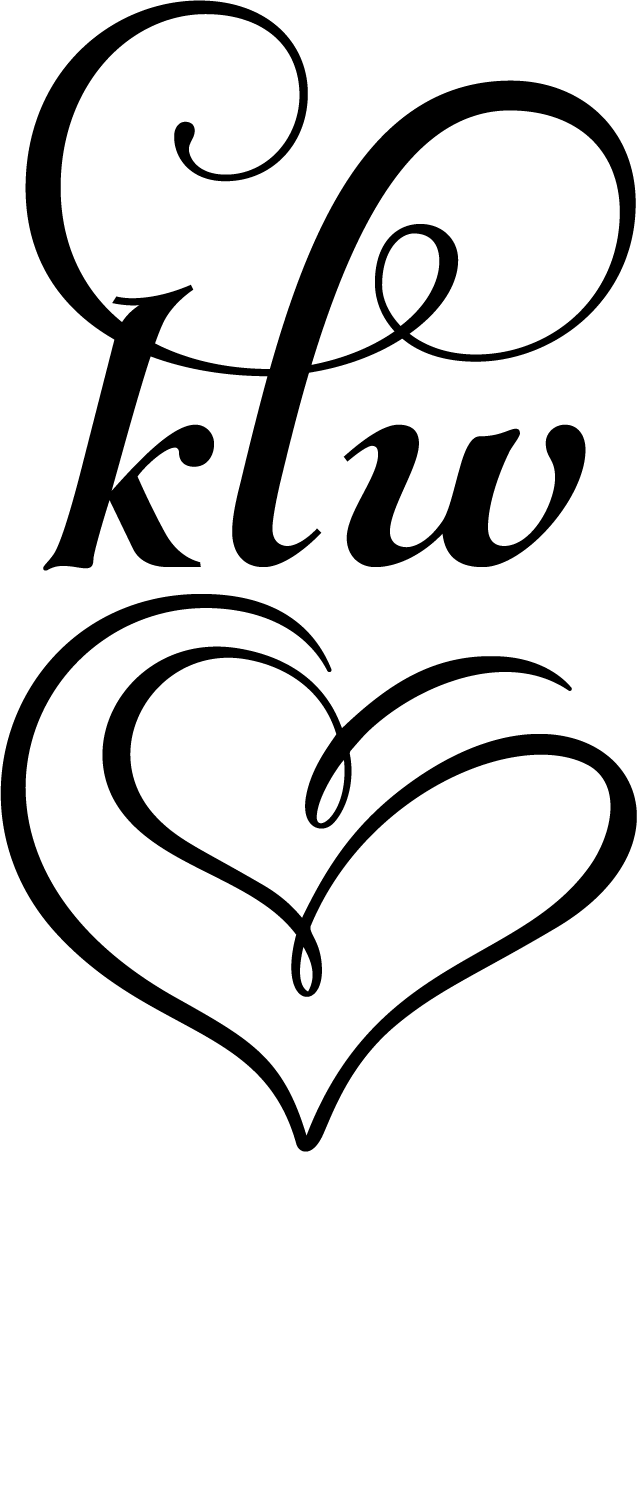Part 2:
How Should Your Ads Look
There are multiple approaches to Facebook ads, from:
- ads that contain reviews
- ads that contain part of the blurb
- ads that contain the book cover or illustrations from the cover, or
- ads that mention kindle unlimited.
“People should know they are clicking on an ad for a book. This makes it important to prequalify them.” The marketer has heard this stated so many times. And partly agrees with the statement.
- It makes sense to do this if you’re advertising to an audience that you’re not certain buys your books, then only people interested in the content of the ad might buy your book.
- The downside of this means your costs will be high, and therefore fewer people will visit your Amazon page each day, and therefore fewer sales.
In the case study of the paranormal/vampire romance, it is already a known factor the author has an audience that buys paranormal books, and that the book is priced at 99c. So, there is not much logical convincing needed to do with the ads. The goal is:
- to get people excited
- in the mood to read your genre type of book.
If the book is appealing enough, people will buy it!
What you SHOULD’T do in ads any longer…
- Don’t mention price
- Don’t show a book cover
- Don’t mention the title of the book or the author
- Don’t use a call to action
- Don’t mention kindle unlimited
The marketer in this case has split-tested everything mentioned above on multiple books. The reason he stopped doing the above is because he learned there is more money in NOT doing including these steps. He is not saying they don’t work; in fact, they do, just not as efficiently as what he is speaking of at the moment.
*What readers want is a book that they won’t be able to forget for a long time. A book so good, they would want to read it again for the first time.
This is the feeling you want readers to experience before landing on your Amazon sales page.
Saying the book is:
- Priced at 99c
- Available on Kindle, or
- Mentioning a title the reader has never heard before
Doing any of the above does not add any value to reeling in potential readers.
You might say: “99c adds value”
But the truth is, you’re only attracting people unlikely to buy a book that might be priced at a higher value of, say $2.99 further down the pike in your series.
An ad that is oriented toward generating a strong feeling related to you book will sell more books than an ad that takes more rational or logical approach.
The thing is: A genre fiction novel is not designed in selling a logical solution to a problem.
You should be selling a:
- Reading experience
- A character, or
- A fictional universe
These are the elements that make the reader feel a certain way. The reader should feel that what your book offer is based on an emotion they are looking to find.
From the marketer:
So how do those ads that scaled from 6.5k to 17k profit/month look like?
He is unable to share the exact ads for obvious reasons, but know they are:
- Simple
- Short
- Catchy
The copy should be 30 to 40 words in length, and it should speak to a feeling/emotion/experience a genre fiction can create for a reader.
It’s recommended to read reviews and paying close attention to the ones that sound the most outrageous.
Look for something similar.
Don’t use:
- “jaw-dropping”, or
- Too clickbait-y
This method will get you into trouble.
The headline is 6-9 words long. Remember:
- Short
- Catchy
- Keep headline similar to the copy: Just much shorter.
Images:
In the case study of the paranormal vampire example, landscapes of castles and/or creepy landscapes of a place a person might run into a vampire were used. The landscape is key.
*The image and headline have the most impact on your costs. Images are Number 1.
